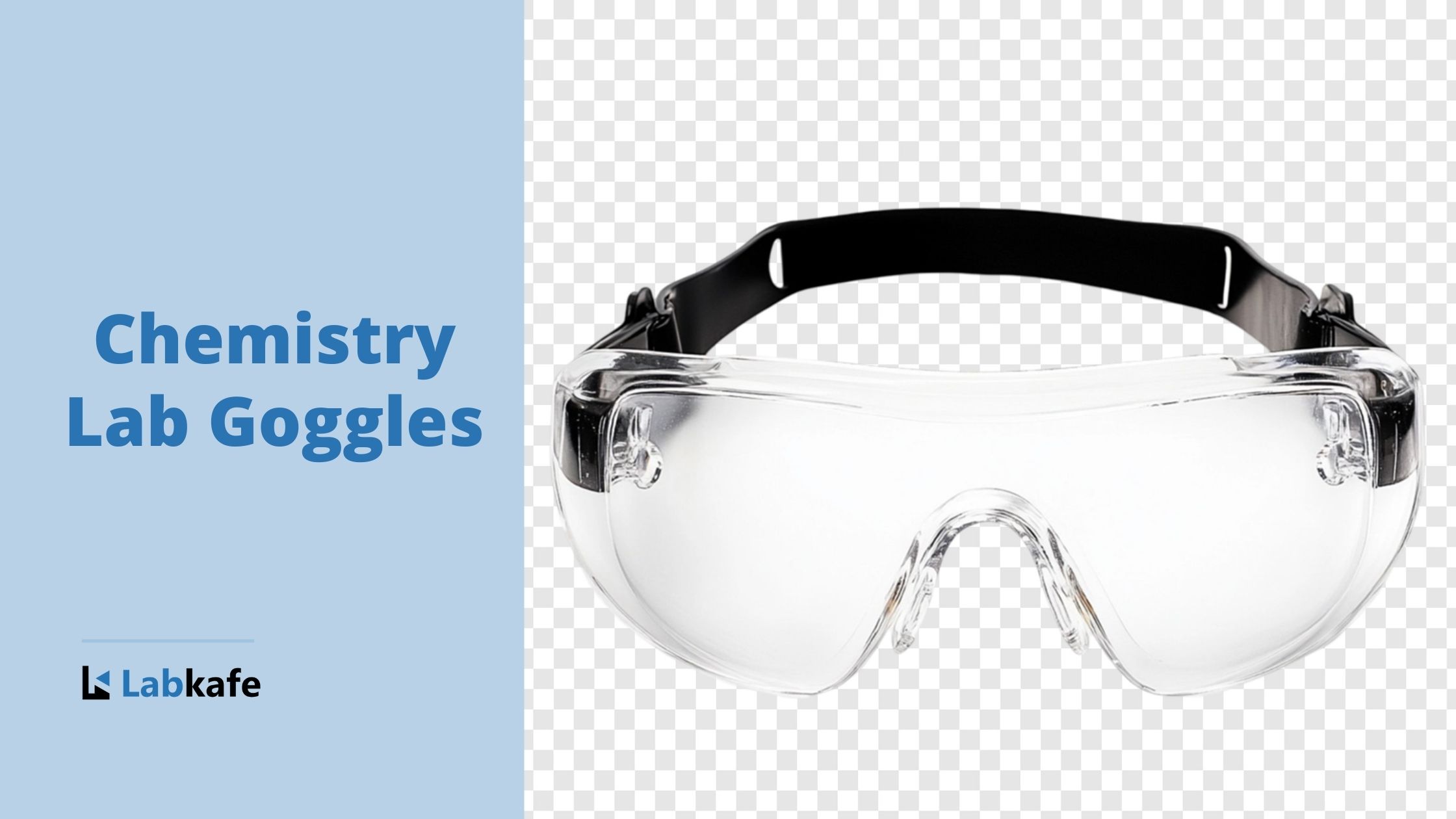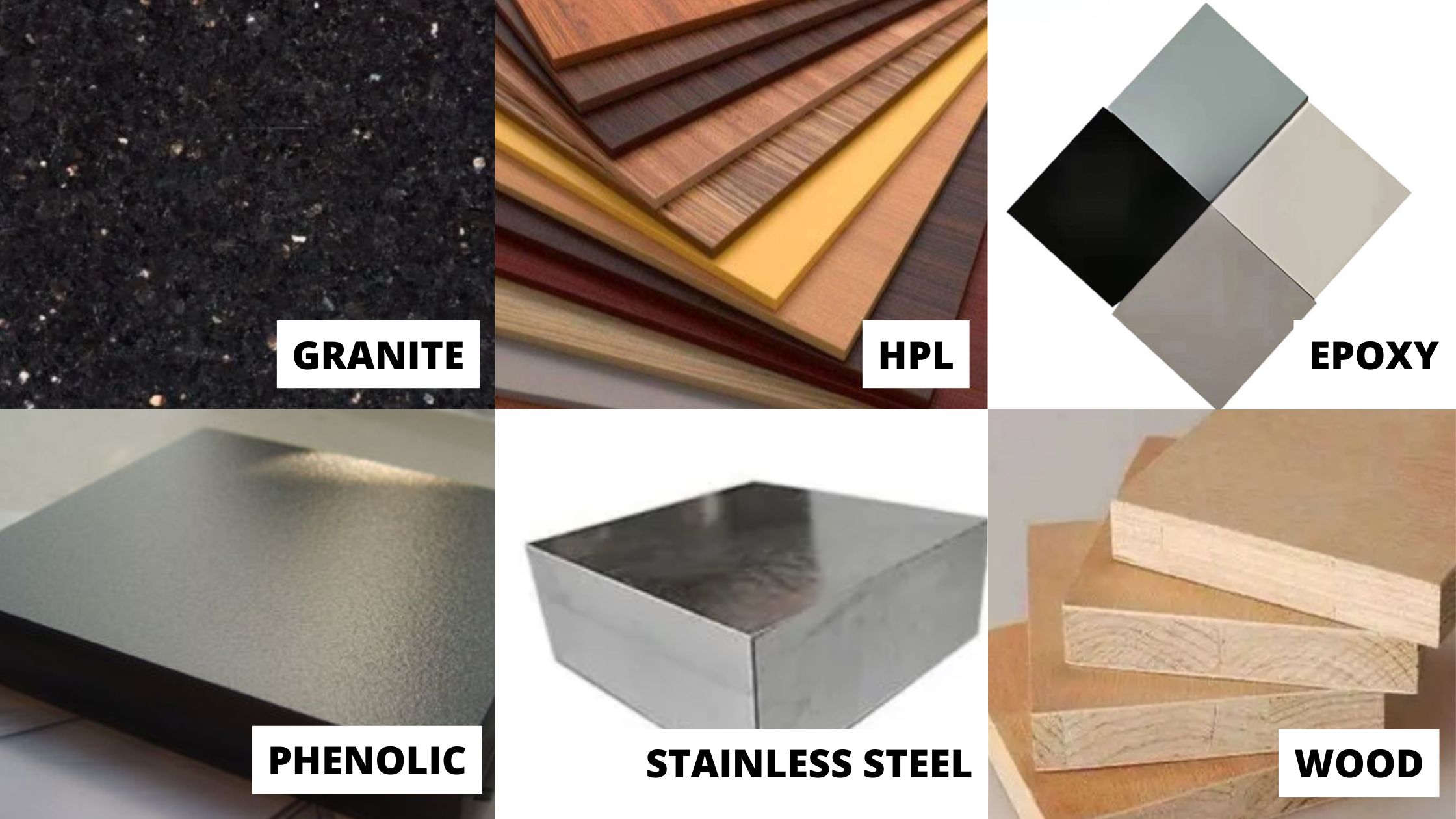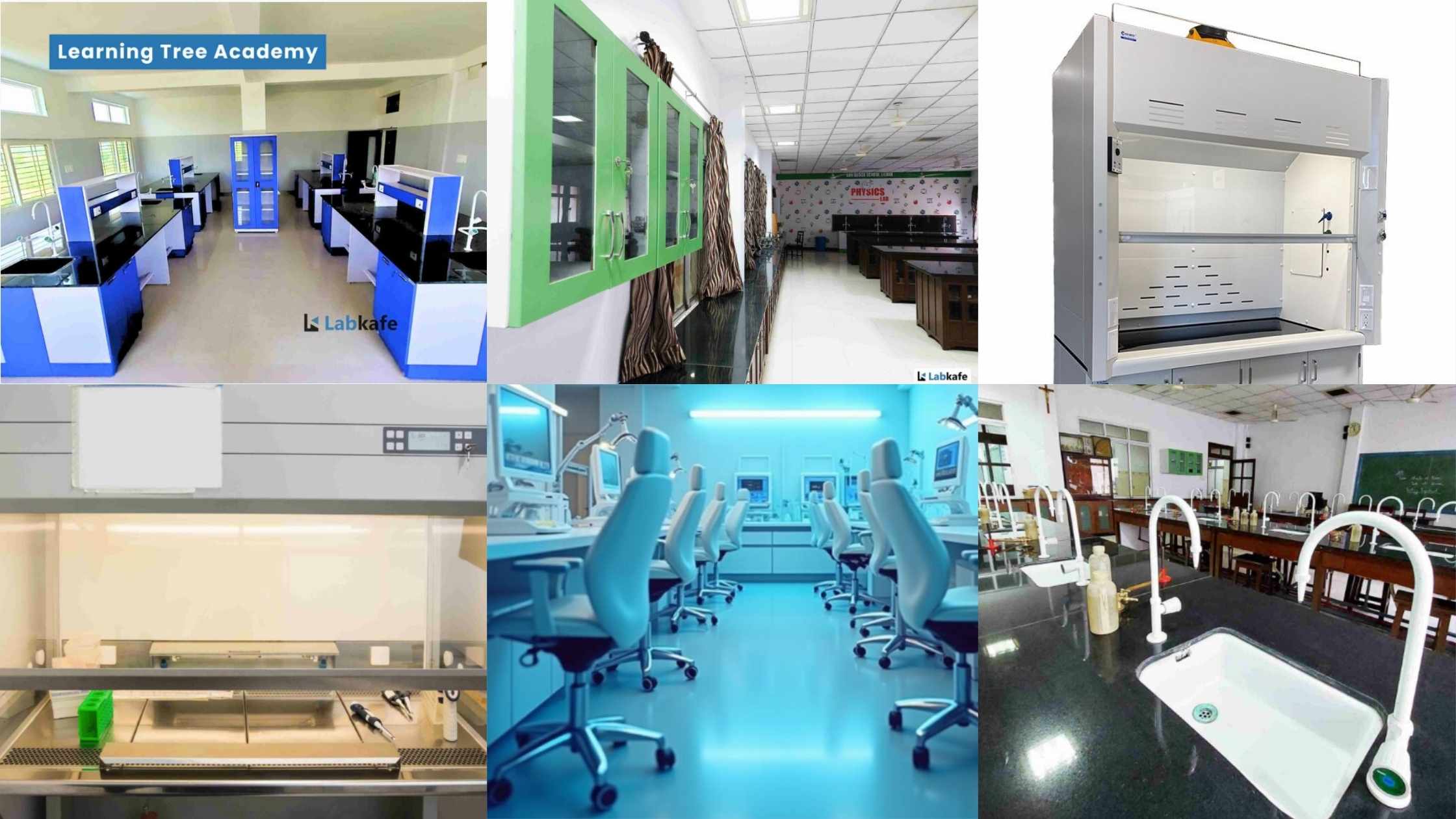Every science subject has their own set of experiments that need some specific requirements. So, in a way every laboratory is different. While designing a laboratory these requirements should be kept in mind. We have discussed in detail about Chemistry and Biology laboratory in our previous blog post. We will now look into the essential ingredients in making of a Physics laboratory. We will also be covering types of experiments done and respective need of supporting equipment.
Physics branches out into various topics name and each set of topics have their own set of experiments. Various topics include Electricity & Magnetism, Optics, Gravity, Waves & Sound and Heat & Thermodynamics. And a physics laboratory gives us a perfect chance to build upon the basics taught in class related to the above-mentioned topics.
Purpose of a physics laboratory
- To give an experimental foundation for the theoretical concepts taught in class
- Students are expected to be able to identify equipment, their function and explain & predict observable phenomena taught in related lectures.
- Competence with lab equipment and measuring devices are expected in addendum to precise recording of data.
Essential Furniture
Before designing a lab, once should consider the number of students working simultaneously, types of experiments to be done, storage needs and amount of workable space available. A typical Physics laboratory has workbenches with raceway to facilitate electrical connection. These workbenches can also have base cabinets to store different equipment. Full height cabinets are also used to store equipment that isn’t used on daily basis. Apart from these, Teacher’s table, first aid kit, safety chart, and fire extinguisher are other necessary requirements. Designing is crucial as it makes sure easy movement around the workbenches and optimum space for experiments.

A detailed description of each of these components is given below.
WORKBENCH
A workbench is the backbone of a laboratory. Especially for a chemistry laboratory where one is dealing with corrosive chemicals, high temperature, wet conditions, glassware etc. to name a few, the quality of table top material is crucial to withstand above-mentioned conditions and at the same time, it ought to be durable enough. Following materials are generally preferred:
- MDF: Medium-density fibre board (MDF) is an engineered wood product made by breaking down wood residuals into wood fibres, combining it with wax or resin binder to form panels by applying high temperature and pressure. It is denser and stronger than particleboard but has poor water resistance.
- Ply Laminate board: It has a multi-layered structure with the top most material providing chemical resistance while base layers providing strength. It provides better resistance than MDF even though porosity is of higher grade. Another common practice is of adding a layer of aluminium sheet over it in order to curb it.
- Granite Top: Granite is an igneous rock composed of silicates such as feldspar or quartz. Although it provides significant resistance to water but is vulnerable to acids. A common occurrence called etching is basically dulling of granite top surface due to reaction with acids.
- Phenolic board: Phenolic board is made by bonding plywood with waterproof phenol resin adhesive overlaid on both sides with the phenol film. Overlaying surface is smooth, glossy and hard making it withstand abrasion, moisture-resistant (especially boiling water), and chemical resistant (commonly used chemicals, dilute acids, and alkalis).
- Epoxy Resin board: Epoxy Resin board is made by applying a coat of epoxy resin over desired board. Epoxies generally out-perform most other resin types in terms of mechanical properties and resistance to environmental degradation. It forms a layer over base material preventing moisture and corrosive chemicals from seeping in. Also increasing its temperature and scratch resistance.

Available space in a lab plays a crucial role in the overall working of the lab as well as in its safety compliance. A detailed account has already been discussed in 9 Things to Consider Before Designing Your Laboratory. Also, the capacity of a lab for students conducting experiments simultaneously is an equally important bullet that can’t be neglected for better workflow. To optimize the given space, workbenches are designed in two varieties as below:
- Island Workbench: As the name suggests, island workbench can be accessed from all the sides. Normally an Island workbench of Standard size (8’X4’) can accommodate 6-8 students at a time and it can vary as per the need.
- Wall Facing Workbench: They are used in tandem with Island workbenches. They can accommodate 3-4 students in every running 8’ & this is totally carved out as per the requirement of individual rooms. It totally depends upon Wall-to-Wall distance & also gets affected by the pillar hindrances in between.
The common size for a workbench is 8’ by 4’. It is so because ply normally comes in a standard size of the aforementioned. Hence to optimize the cost this is a common practice by us. But on the contrary, if you purchase a Workbench (8’x 4’ which is a standard size of the raw material & there won’t be any cutting loss), any other size of workbench would bear more cost than the normal Unitary Method Formula. Hence it is advisable to not go for unusual sizes until & unless one wishes to go for lavish designs.
ELECTRICAL RACEWAY
A raceway is an enclosed conduit that forms a physical pathway for electrical wiring. It is fixed on top of workbench. It acts as a safe pathway for electrical wiring and has multiple socket points to be used by equipment. It protects wires from humidity, water spillage, heat and physical damage.
BASE CABINET
Base cabinets are storage cabinets beneath the work top. They are used to store major lab equipment and consumables locally. Pre-storage practices should be adopted and stocking of necessary materials be done at the start of each class for the accountability of inventory stock & regular monitoring of breakage in any case.
They are made of vivid materials as such CRC Sheets, MDF, Particle Board & Ply-Laminate. Many institutions go for Base Cabinets as separate entities; some go with the attached Base Cabinet to Work Tops.
WALL CABINET
Wall Cabinet is used to store bigger equipment or the ones that are not used frequently.
LAB STOOL
Lab Stools are easy to handle and don’t cover a lot of space. It comes with adjustable height and offers a comfortable resting place during the course of experiments.
Essential Equipment
As diverse Physics is, each topic comes with different equipment for testing theories via experiments. We have already discussed them in our other blog Physics Laboratory Equipment: A complete list of important equipment and their uses.
So, this was a brief overview of all the necessary items needed for your starting a physics laboratory from scratch.
At Labkafe, we provide laboratory furniture and equipment. In laboratory furniture, we first design the entire laboratory room keeping in mind the requirements. Also, we take care of the complete installation of laboratory furniture. In lab equipment section, we have a wide range of glassware, chemicals, equipment and other lab accessories. Most of them are available for order online from our website but some of them can be procured on demand. If you have any sort of laboratory requirements do WhatsApp or mail us at [email protected] and we’ll get in touch with you. Also, you can download our Furniture and Laboratory Equipment catalog from here.












Leave a Reply